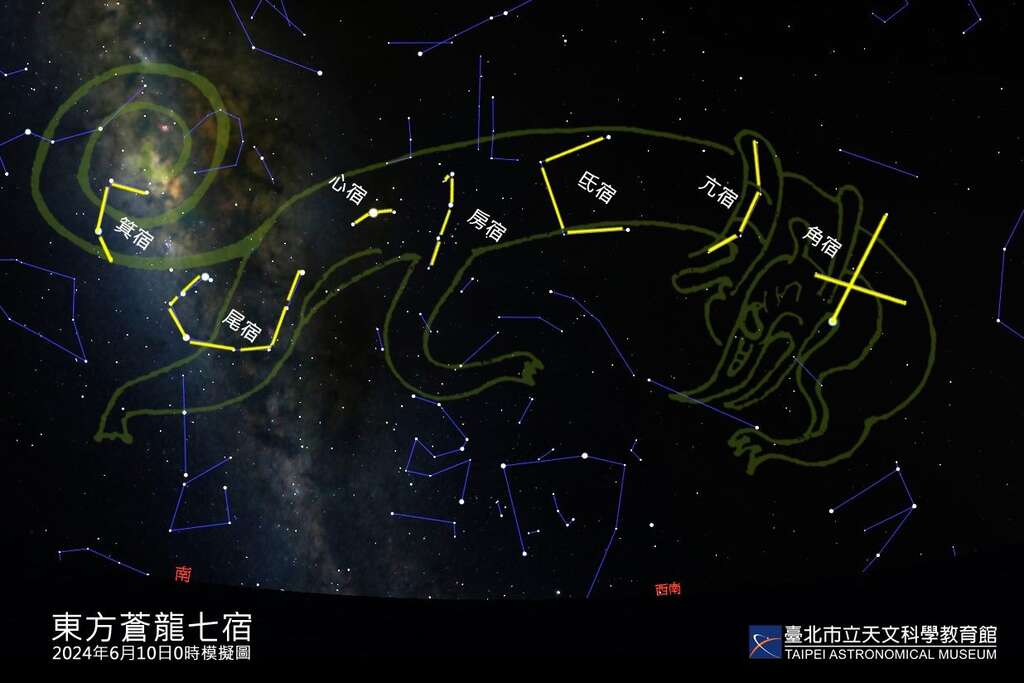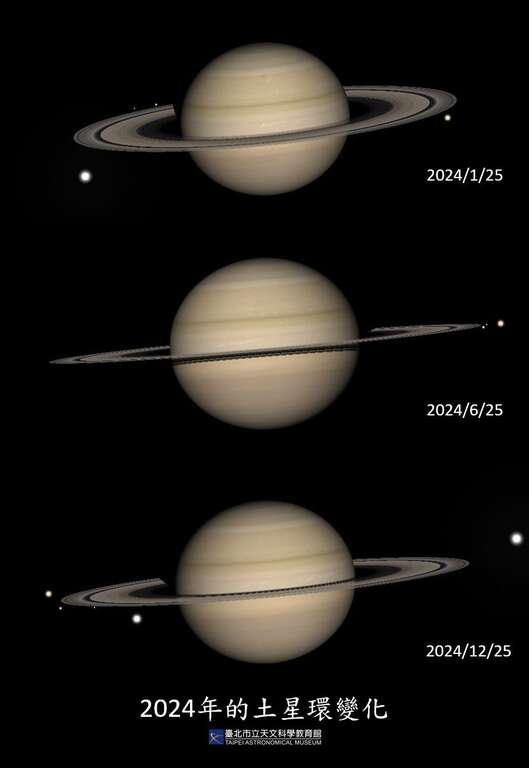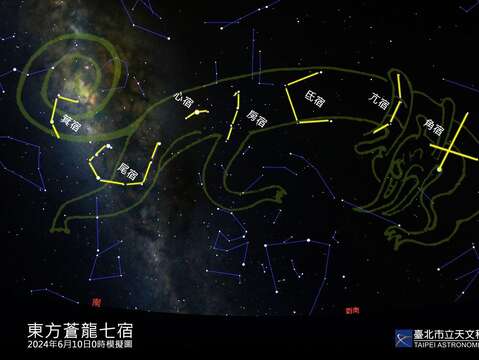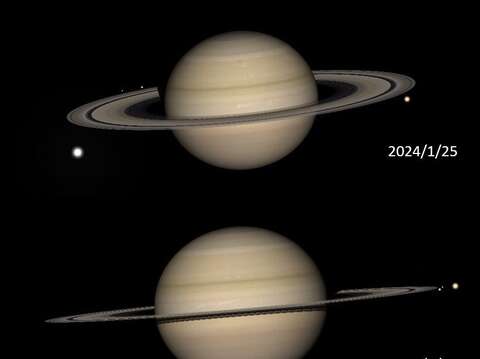Post date:2024-06-12
Updates:2024-06-12
142
The Dragon Boat Festival, often celebrated on the fifth day of the fifth month of the Chinese lunar calendar, is on June 10. Not only are dragon boats row on the ground, but also "flying dragons in the sky" is in the night sky! Around midnight, the "Eastern Canglong" , composed of the ancient constellations "Jiao, Kang, Di, Fang, Xin, Wei, and Ji", will leap into the south sky. “Spica” is the dragon's horn, and “Kang” is the dragon's throat” . In addition, “Di” is the dragon's claw and “Xin” is the dragon's heart. “Wei” and “Ji “symbolize the dragon's tail. Besides, the corresponding Western constellations include Virgo, Libra, Scorpio, Sagittarius are also the main attraction in the sky. On the evening of the Dragon Boat Festival, you might look up to see the giant dragon that stretches 80° across the night sky.

The full moon on Saturday, June 22 is neither the largest nor the smallest moon of the year. It’s noteworthy that it is the "lowest" full moon this year. Even when it reaches its highest point at midnight, it is only about 36° high. It is much different from the full moon hanging high in the zenith at midnight on December 14. The low-hanging full moon is due to its passing through the southern point of the orbit. It’s so charming that many sky watchers are looking forward to getting a view of the full moon.

The inclination angle of Saturn's rings, only 1.9°, is the smallest one of the year on Tuesday, June 25. It is almost invisible in the low-magnification small telescopes, but the angle gradually increases, and will not disappear completely until March next year.

The full moon on Saturday, June 22 is neither the largest nor the smallest moon of the year. It’s noteworthy that it is the "lowest" full moon this year. Even when it reaches its highest point at midnight, it is only about 36° high. It is much different from the full moon hanging high in the zenith at midnight on December 14. The low-hanging full moon is due to its passing through the southern point of the orbit. It’s so charming that many sky watchers are looking forward to getting a view of the full moon.

The inclination angle of Saturn's rings, only 1.9°, is the smallest one of the year on Tuesday, June 25. It is almost invisible in the low-magnification small telescopes, but the angle gradually increases, and will not disappear completely until March next year.
 June is set to be an extraordinary month and full of night sky’s wonders, including the flying dragon in the sky, the earliest sunrise and the longest daytime.
June is set to be an extraordinary month and full of night sky’s wonders, including the flying dragon in the sky, the earliest sunrise and the longest daytime.





